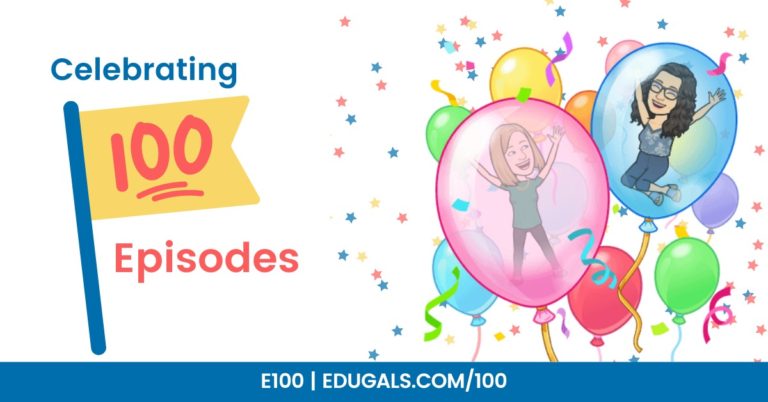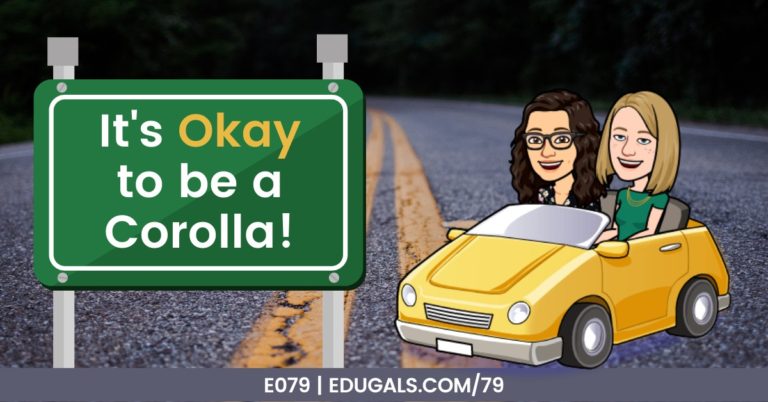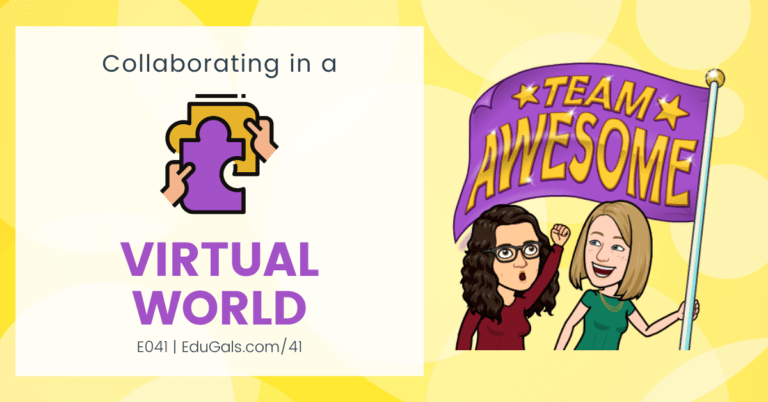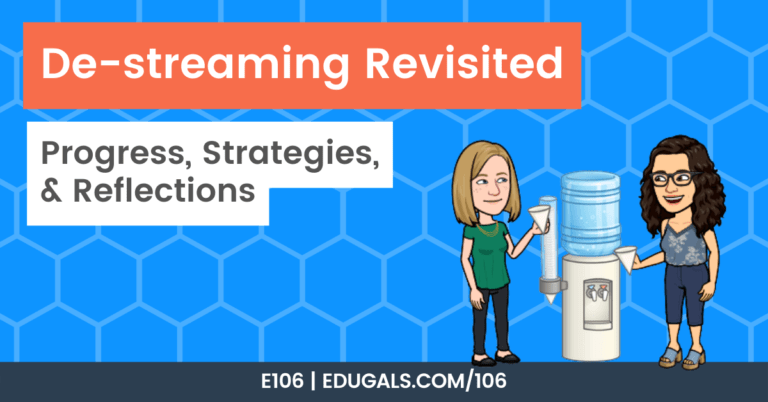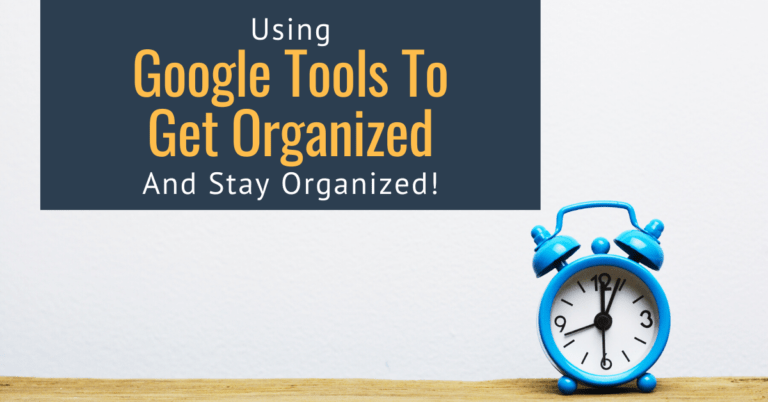[podcast_subscribe id=”7428″]
In this episode, we are joined by a special guest: Jake Miller. Jake is an EdTech enthusiast, and the host of the Educational Duct Tape Podcast. He will be sharing some of his experiences as a technology coach, as well as his experiences as a classroom teacher.
If you like what you hear, then share this episode with a colleague or friend, and make sure you subscribe so that you don’t miss out on any new content! If you are able, consider supporting the show by buying us a coffee!
We would love to hear from you – leave a comment here, OR check out our FLIPGRID!

Show Notes
This week, Jake Miller is joining us! He is currently working as a science teacher in Ohio, but for the past 5 years has been a technology integration specialist, and previous to that was in the classroom teaching math, science and STEM. He is also the host of his own podcast: the Educational Duct Tape Podcast.
Jake didn’t always know that he wanted to be an EdTech coach, but through the years, he discovered that his true passion was teaching teachers, and helping support them as they learned how to use edtech tools to support their teaching practice.
Jake chose “Educational Duct Tape” for his podcast title because of how we use (or should use) technology in education. Duct tape is a perfect tool to patch or fix problems, and technology is the same. The technology that we are using in our classrooms and schools are really just a tool that we are using to accomplish a learning or teaching goal.
It’s important that we think about the problem we want to solve, the lesson we want to teach, etc. first, and then find the right tool for that situation. If we lead with technology first, we tend to lose sight of what we are trying to accomplish.
Jake will be releasing a book called “Education Duct Tape” soon as well – so be sure to check it out!
This year, Jake is teaching Grade 8 Science. He has had to teach in pretty much all of the possible formats we have experienced this year: fully remote, hybrid (aka “all in”), in person, etc. His technology expertise has certainly helped support him as he transitioned back to the classroom this year!
All teachers have really embraced the technology this year, and quickly used their knowledge and tools at their disposal to make it all work. EdTech is the easy part this year, so it has been so challenging, but educators are working hard to make it all work.
One of the challenges as a tech coach is getting teacher buy in. Many teachers, who are so used to being the expert in their subject area, struggle to admit they need help, or see coaching as an extra that they don’t have time for. This year in particular, with so little time to prep and mark, etc. it is even more difficult for teachers to give up what little personal time that they have for professional development, despite the benefits and how it could help them overall. It’s a tough situation right now for everyone, and time is at a premium.
Once teachers get the message that tech coaches are there to support and help, it does get easier, and many educators feel more comfortable accepting help.
Just before the pandemic hit, Jake read “Instructional Coaching” by Jim Knight. He was so excited to take that new learning and put it to use. . . and then covid happened.
How does Jake engage in the “all-in” format?
The tool that has been the winner for Jake is Pear Deck this year. His district subscribes to Pear Deck, so it was a natural tool for him to use. Pear Deck is a great way to check in with all students, regardless of whether they are in-person or remote, and to check for learning, understanding, check-ins, etc.
A tool that is similar is Nearpod – it is also great to engage students and to build in check-ins for understanding, etc.
Another activity or strategy that has worked for Jake this year is to always start off the class with a smile. Here are some activities that he has used this year to help start off the class:
- a silly question
- share about weekend
- draw a picture
- complete the squiggle drawing
These simple activities help him to know that his students are all with him, and that even if they don’t turn on their cameras or mics, or type in the chat box, he knows that they are there.
Engagement tends to be one of the biggest concerns for teachers this year. As such, a tool like Pear Deck is great for checking in and getting students to participate.
Similar tools:
- Nearpod
- Class Flow
- Class Kick (more assessment than instructional)
- Whiteboard.chat
- Whiteboard.fi
These are all tools that can satisfy the need to engage and check in on students – they are essentially different types of duct tape! Some look better than others, but we need to work with what we have and make the most of it.
Privacy changes in education have been difficult, but are definitely a welcome change. It is amazing that schools, teachers, students, etc. have blindly trusted the motives and decisions of tech corporations in the past. Now we are seeing more and more schools and districts questioning these motives, and being more critical about the tools that we use – and it is a necessary change for student privacy.
Where we work, our Board has done a lot of great work to protect students and their datas. They have created a software catalogue of approved tools, they get non-disclosure agreements in place, etc. and they ensure we do our best to protect students.
Part of the challenge with these privacy decisions around technology tools is that if a tool is not permitted, many teachers are often frustrated, and give up on trying to find a different tool because they aren’t sure what else exists, and is permitted that could be a solution to their problem or lesson. Add to that the stress of a year like this, and it is fairly understandable that teachers are struggling.
Part of the role of tech coaches, or those teachers with more knowledge about technology tools is to show teachers what options are available. Just as we would ask for help at a hardware store, when we can’t find a specific tool, it’s important that teachers ask for help, and that they know who they can ask.
When it comes down to it, it really isn’t the tool that is the most important. And as much as we may want the most flashy tool, it doesn’t always work that way. Instead, we need to start by identifying our problem or goal, and find a tool that solves that problem, or allows us to achieve that goal.
How to get students doing hands-on work in this strange school year:
First and foremost, Jake has given himself permission to not be able to solve all the problems and do all the things. He wants to be able to do it all, and to have a more hands-on class, but there just isn’t the time or resources right now, so he had to be okay with adjusting his expectations.
This is such an important message for all educators out there: It is okay to not be able to do it all! You are human, and there are only so many hours in a day. Your mental health and well being are important – so do what you can. At the end of the day, we are still in the midst of a pandemic, and it’s okay to not do everything.
If anything, it’s even more important to build relationships with students this year. When there is such a mix of formats, and so much uncertainty, it is the relationships with their teacher that will keep students participating.
In terms of science or math tools that Jake has been able to access, here are a few, including those mentioned by Rachel in the episode:
- PhET simulations – math and science
- Gizmos by ExploreLearning – cool explorations (doesn’t fit all content, but does actually work for some areas)
- Videos – used with EdPuzzle to check for understanding throughout
- eMindWeb – virtual dissections
- Labster – virtual labs that are more interactive
Relationship VS Curriculum Focus
It’s okay to focus more on building relationships with students versus the quantity of curriculum you get through this year. Often, in building positive relationships, you end up ensuring that when students are learning content, that they are learning it more effectively.
Jake likens it to a sports coach – a coach that has taken the time to build a positive rapport or relationship with you is going to be more likely to get you to perform to your absolute best, versus a coach that is always just pushing for you to complete something, without getting to know you or being more personable. You are more likely, as a human being, to do more for someone that shows kindness and has built a relationship with you than someone that has not.
When students know that their teacher cares about them, and that they come first over content, students are more likely to push themselves to learn.
Something as simple as a multiple choice or “would you rather” question are a great way to keep building those relationships and to get to know your students. This can be done in PearDeck or any other tool that you usually use.
You could also do a drawing activity such as complete the squiggle – it’s quick, but tends to start a conversation, allowing students to get to know one another, and to build those important relationships. You learn who is good at art, what their interests are, more about their sense of humour, etc. in these types of activities.
Jake was on an episode of “The Suite Talk” with Kim Mattina, where they shared a bunch of these activities. Check it out!
While Jake typically uses PearDeck, remember that there are many tools out there that you can use for these activities, even Google Slides or Jamboard! The goal isn’t the level or skill of art, it’s the rapport building.
One positive aspect to using Slides or Jamboard is that it’s a great way to integrate digital citizenship lessons about how students interact in these shared or collaborative apps/tools. It can be easy for them to edit or delete other student work, so this low risk setting is perfect for starting these conversations and lessons on digital citizenship in the virtual classroom.
Jake’s biggest EdTech takeaways:
This year: How amazing and impressive teachers have been in a tough year. Teachers have really embraced the technology and found ways to make it all work.
Overall: Approach technology tools based on the problem that you want to solve. There is an overwhelming number of EdTech tools available, so it’s important to work backwards from the problem or goal, versus starting with the tool and trying to fit a lesson around that.
How can you connect and learn with Jake Miller?
- Twitter: @JakeMillerTech (also on all major social media)
- Website: Jakemiller.net
- The Educational Duct Tape Podcast
